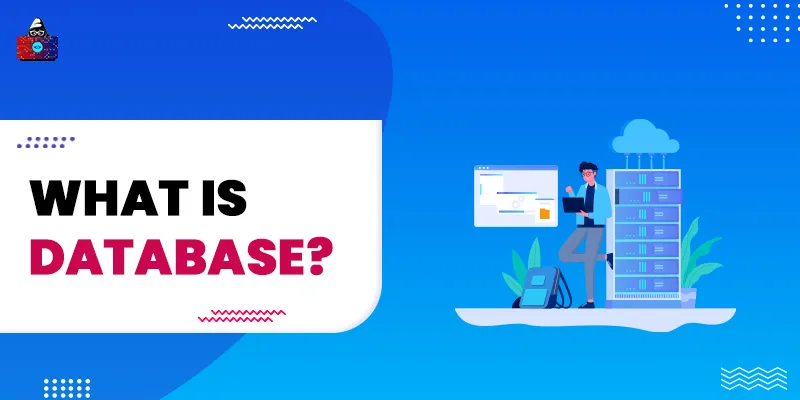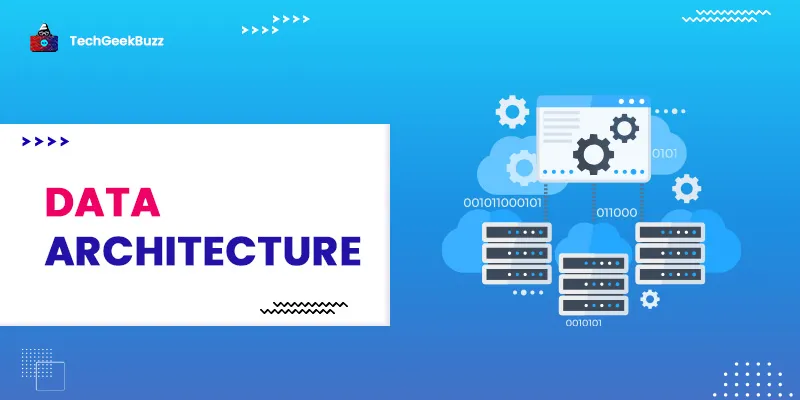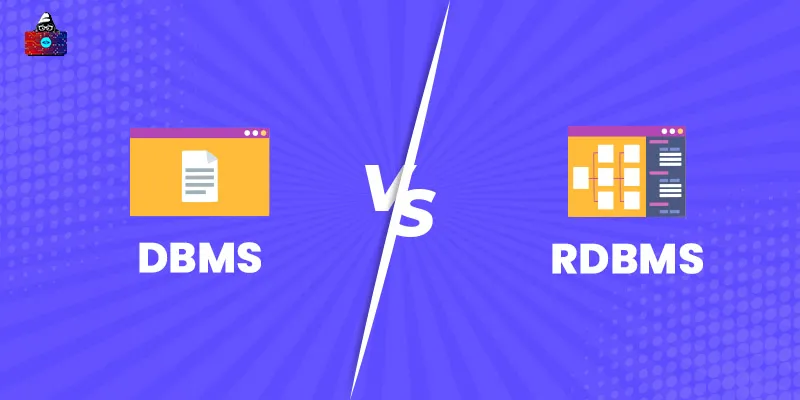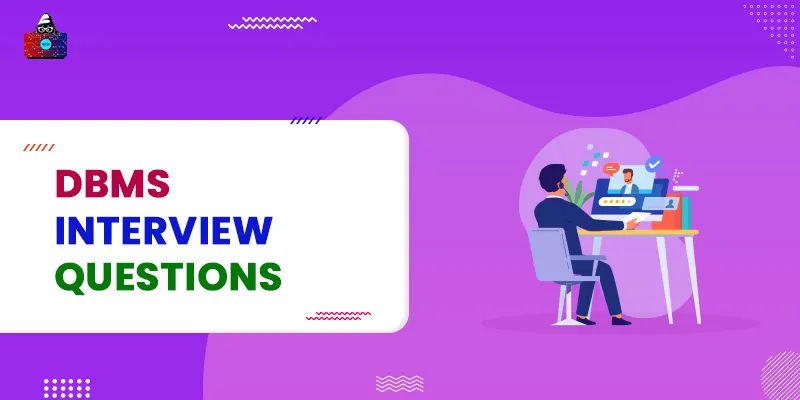Every organization in the real world is like a system that requires resources to fulfill its objectives. These resources include physical resources (humans and equipment) and logical resources (data). It is not a great option to rely on physical resources because they consume a lot of time and these resources are error-prone, so it’s always a good idea to use logical data resources when we are dealing with several physical resources.
This post will let you know about the database, its importance, and its types. Also, we will learn about its advantages. In the current scenario, data is considered one of the critical resources and the main assets of an organization. If an organization fails to manage its data, then it will not be able to work efficiently.
Realizing this fact, databases (DBs) have emerged as one of the important technologies in the current IT industry, and therefore most companies like to organize data in a proper, manageable format. Here in this article, we have covered all the information you need to know about DBs. It is very important to understand what is a database and data before you dive into SQL and NoSQL languages .
What is Data?
Data could be single or multiple entities that provide the fact or valuable information about the record. For instance, your ID card contains some data or useful information about you that distinguishes you from others. Data could be represented by facts, text, graphics, sound, images, videos, and so on, which provide meaning to the user environment.
What is a Database?
A db is a sequential collection of data where data is organized in such a manner that retrieval and updation become easy. It can also be defined as an integrated collection of data that many users and developers share. To thoroughly understand databases, we need to know these three key points:
- Integration
- Sharing
- Security
1) Integration
Every system in the real world is usually in an integrated form. For instance, a faculty in the university is an integration of many related departments, and each one is easy to administer and manage. Databases also work on the same concept, where they are not just a collection of data in a single reservoir but rather the integration of many organized units.
2) Sharing
The data in a database is stored in one place and used by several users. So, we can treat the database as a single entity whose resources are shared by many users.
3) Security
It is a crucial part of any DBMS; any unauthorized user cannot access the data stored in databases.
Types of Databases
DBs are classified into many categories, which are based on how they store the data. Some of the popular types of databases are:
1. Relational Databases
These are the most popular and widely-used DBs since the 80s. In an RDBMS, data is organized in a tabular form with the help of rows and columns. By far, the relational database has provided an efficient and flexible way to organize and retrieve data. The most popular RDBMSs use SQL to store and manage data.
2. Object-Oriented Databases
In an object-oriented database, objects are used to define the database. Here, various attributes and methods describe the operations to be performed on the data. An OOP DB combines object-oriented programming with database management.
3. Distributed Databases
This type of DBs is developed by a wide area network and is suitable for those organizations which are operational and spread in a wide geographical location. This database can satisfy the need of many users at a given instant of time. In the distributed database, the data might be stored on different computers, which makes it very complicated and expensive to implement.
4. NoSQL Databases
Non-relational databases are capable of storing unstructured, semi-structured, and structured forms of data. A NoSQL db is the opposite of an RDBMS due to many reasons. For instance, an RDBMS necessitates a schema before storing the data. This is not the case with NoSQL databases, though. Currently, NoSQL finds use in web applications because it follows the JSON format.
5. Graph Databases
It stores data in the form of entities and then uses some relationships to join the corresponding objects.
Other Popular Types of Database
- Cloud Databases: A cloud db stores the data in the cloud. Moreover, the data may be structured or unstructured.
- Open-source Databases: Here, the source code of the database is open-source, and it could be a SQL or NoSQL DBMS.
- JSON/Document Databases: This type of database helps to manage and retrieve document-oriented information from the web page. Many web applications use this db to send and receive data between the server and the client.
Advantages of Databases
1) Data Independence
The database separates the data from the main application, so if any changes are made in the main app, then it would not affect the existing data.
2) Minimal Data Redundancy
Data redundancy is a usual problem while managing data. Data redundancy means that a data item is stored at multiple locations, and using the databases, we can reduce the data redundancy.
3) Improve data consistency
By reducing the data redundancy, we make the data consistent.
4) Improve data Sharing
The databases are shared resources, i.e., only authorized users can access them.
5) Increase the productivity of the application
There are many DBMSs present in the market that facilitate adding and retrieving data from databases quickly and efficiently.
What is a Database Management System (DBMS)?
A DBMS is a computer program or software that helps to create and manage DBs. Using a database management system, we can create access and manipulate data present in databases. The main objective of a DBMS is to serve as an interface between the user and the databases. It allows the user to perform the CRUD operations on the database.
Apart from the simple CRUD operations, a DBMS finds use as an administrative tool, which allows the user to monitor, tune, backup, and recover the data or the complete databases. You must have heard of SQL and MySQL . MySQL is an RDBMS, which is a type of DBMS, and SQL is the database query language that it uses.
Conclusion
Databases are crucial for organizations to deal with their data efficiently. Here you get to know all about databases and their advantages. Currently, mostly all organizations use relational databases and SQL RDBMSs to manage their data. A new type of database, “NoSQL,” is also emerging in the web application market because of its rapid use in server and cloud computing. A DBMS is software that allows users to create, alter, modify, and manage databases.
Moreover, there are various types of database management systems. For instance, an RDMS - such as MySQL and SQL Server - helps to manage relational databases, while Relational Object-Oriented Database Management Systems - like PostgreSQL - are available for managing relational object-oriented databases.
We hope you liked this article and learned something (new) about databases. If you have any suggestions related to the article, please let us know by commenting down below.
People are also reading:




